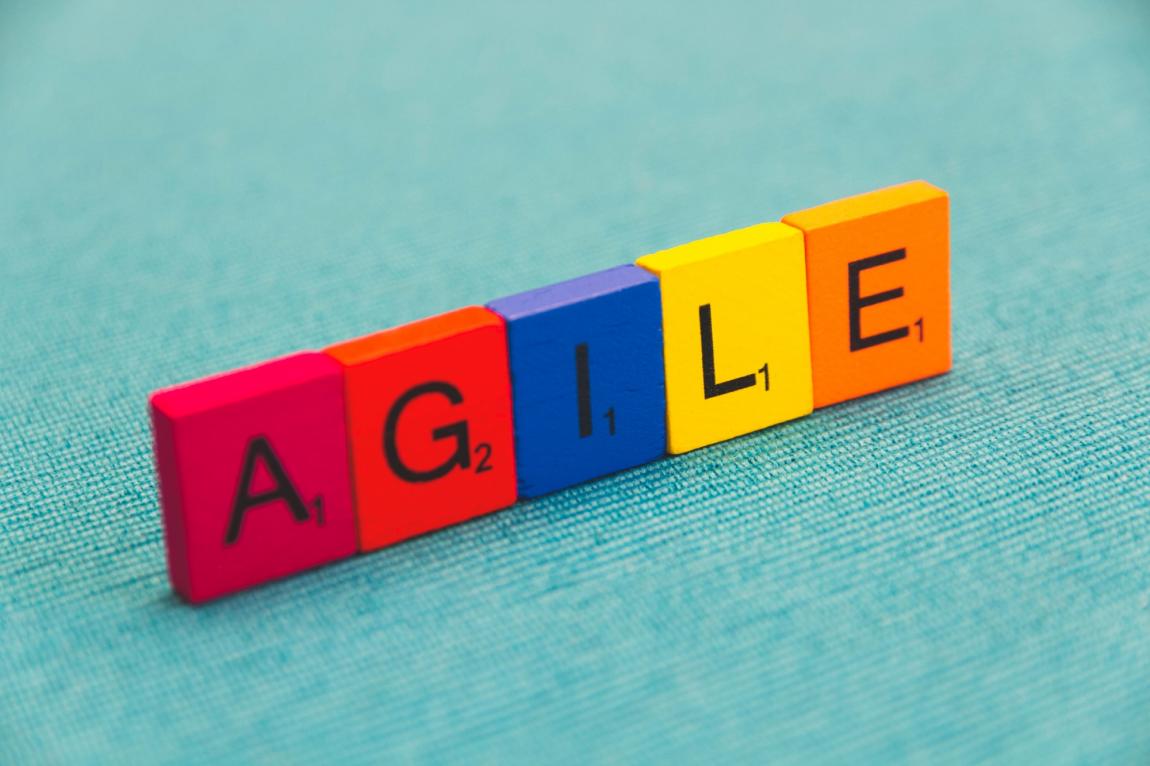
Most of us work in organisations adopting Agile practices in project and change delivery. Though some clear practices are associated with Agile, organisations adopt different approaches.
If you are new to Agile, here is a quick overview. Agile is all about:
- Planning the work
- Doing the work
- Reflecting on the work
- Doing the work again!
Practices to get your head around
Sprint
A sprint is a timeboxed iteration during which a team works to deliver a set of product increments or new features. Sprints are usually 1-4 weeks long and are designed to help teams focus on completing small, incremental goals that build towards the overall project or product vision.
Sprint Planning
Sprint planning is a collaborative meeting where the entire Agile team, including the product owner, Scrum master, and development team come together to plan the work for the upcoming sprint.
Daily Stand-Ups
A daily stand-up or a daily scrum is a brief and timeboxed meeting held daily to keep the team synchronised and focused on their goals. During the meeting, each team member shares what they have accomplished since the last meeting, what they plan to do before the next meeting, and any obstacles or issues that may prevent them from completing their work. The meeting is usually held standing up to encourage brevity and ensure the team stays on track.
Epics and Stories
An epic is a large and complex body of work broken down into smaller, more manageable pieces of work known as user stories. Epics usually represent the highest level of work in a project or product backlog and may take several sprints or iterations to complete.
Retrospectives
A retrospective is a team meeting held at the end of a sprint or iteration to reflect on the previous cycle and identify opportunities for improvement. It is an integral part of the Agile process as it allows team members to review their work and identify any issues or obstacles that may have arisen during the sprint. These retros are focused on the work, not personal issues, which promotes psychological safety.
So, what does all this mean for thinking about Agile change? First, it is about a set of principles for how we do change. Agile change is an iterative, flexible approach to change management that prioritises adaptability and continuous improvement.
Principles that are good to follow for your Agile change
- Flexibility: Agile change is designed to be flexible and adaptable. Plans and strategies are meant to be adjusted as new information arises.
- Iterative approach: Agile change is an iterative process that involves testing and experimentation to determine what works and what doesn't. Each iteration should build on the knowledge and successes of previous iterations.
- Collaboration: Agile change requires collaboration between stakeholders, including team members, managers, and impacted individuals. It is important to involve all stakeholders in the planning and execution of change.
- Continuous improvement: Agile change prioritises continuous improvement, with regular assessments and evaluations to identify improvement areas and innovation opportunities.
- Transparency: Agile change requires transparency and open communication among stakeholders. Everyone should have access to relevant information and be encouraged to share their thoughts and feedback.
- Focus on value: Agile change focuses on delivering value to stakeholders and meeting their needs and expectations.
- Empowerment: Agile change empowers team members to take ownership of their work and make decisions that will contribute to the change initiative's success.
In summary, Agile is all about being:
- Outcome focused
- Clear on who you are doing the work for (end users)
- Clear on the value the work adds
 (0)
(0) 







